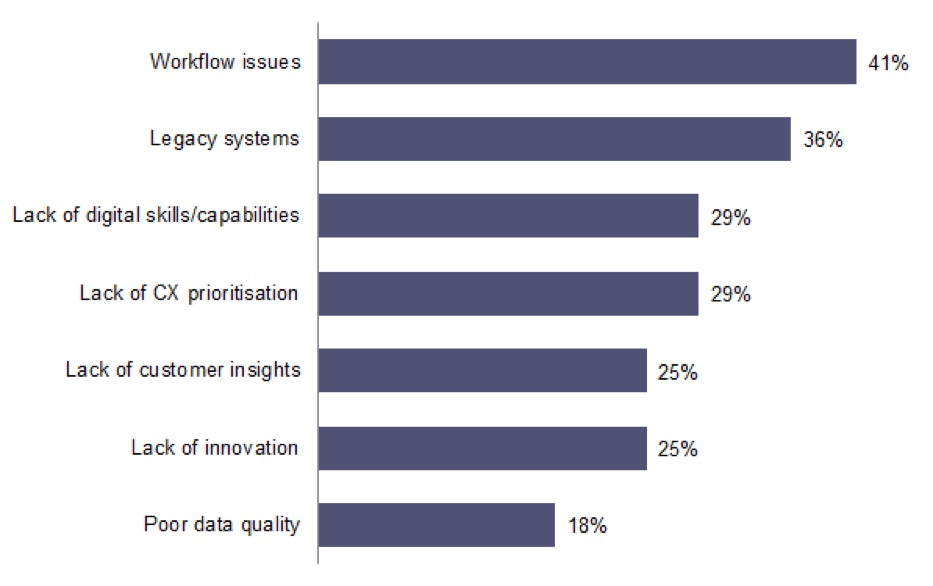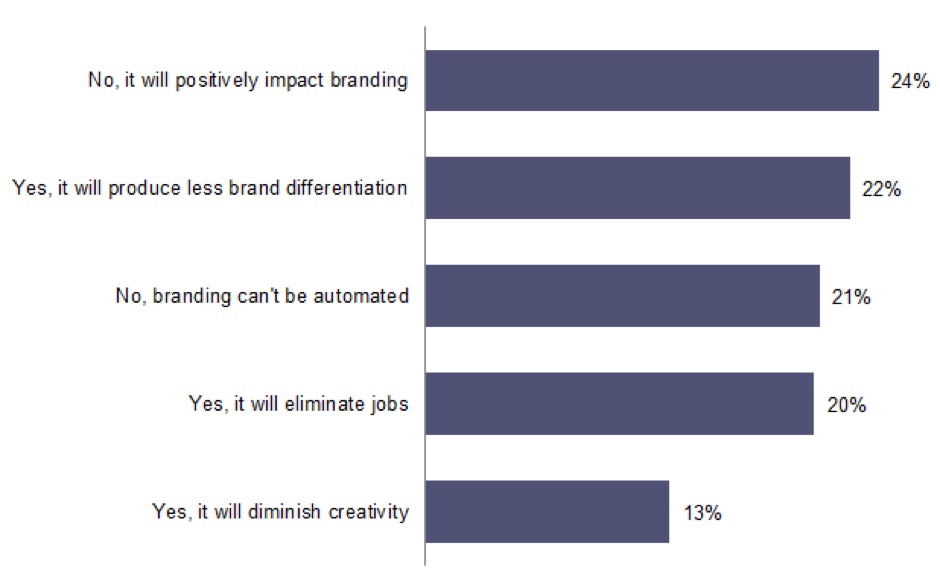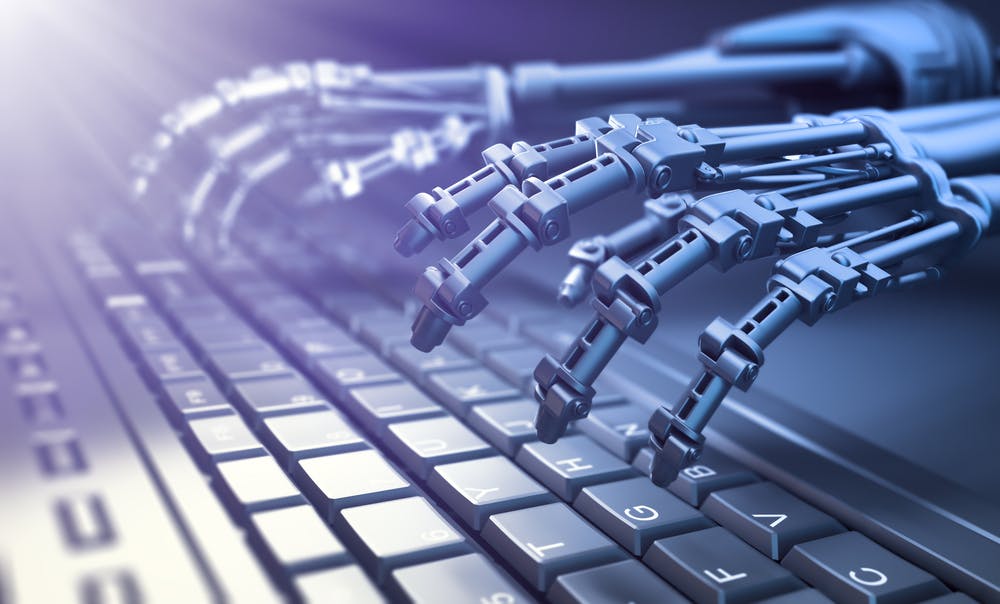The world is fraught with changing realities to which brands don’t just have to adapt, but in which they need to excel. This includes the huge shift from bricks and mortar to ecommerce – a paradigm shift that was already well underway by 2020 and was certainly accelerated by the pandemic – a drift away from traditional media channels to chat and social commerce, and the rise of EOD – everything on demand – from groceries to entertainment, healthcare and beyond.
Naturally, the pandemic has provided the highest volume of reactive marketing in recent decades. Many brands rushed to get their own messaging out to match the mood of the nation. IKEA, for example, quickly reprioritised its campaigns to fit the work from home edict, not just focusing on its home office set-ups, but adding content for people struggling to make the most of their homes.
In FMCG, Unilever cut, diverted and altered the focus of its media spend during the pandemic, shifting some messaging to more relevant creative around ‘summer staycation’ and ‘stay inspired’, and adding more purposeful messaging on hygiene for brands like Lifebuoy and Domestos. This shift paid dividends for the FMCG giant, which announced sales growth in February 2021 of 1.9% despite cutting its ad spend by nearly a third in the first half of 2020.
Not everyone fared so well. Even companies with deep pockets found that keeping up with the pace of change in a world suddenly turned upside down is a Sisyphean task. A range of brands received criticism for their generic coronavirus ads.
Brands are maximising investments in user-generated content
Harnessing digital platforms is more important than ever given the rapid expansion of online interactions across 2020. Look at the power of user-generated content (UGC). According to a report from Yotpo, more than a quarter of respondents (27%) believe that UGC will be the most cost-effective form of marketing in 10 years’ time, second only to social media advertising (67%).
UGC is not just cost-effective, it’s effective. Full stop. For example, even without the track record of more established networks, and having faced a potential ban in the US, branded activity on TikTok is driving tangible sales hikes.
Elf Cosmetics’ “Eyes, Lips, Face” challenge was the fastest TikTok campaign to hit one billion views in only six days and, as of November 2020 it had reached six billion views, generating more than five million user-generated videos from the challenge. In 18 months, the company climbed four places from sixth to second highest-rated teen beauty brand.
@elfyeahY’all better lather up ???? Keep your eyes, lips, face safe! ???????????? ##eyeslipsface ##elfyeah @illwayno @hollafyesixwun♬ Eyes. Lips. Face. Safe. e.l.f. Cosmetics – elfyeah
However, not all brands have the same well-oiled machinery at their disposal to meet audience needs in the moment. For example, research from Econsultancy’s Digital Trends 2021 survey (illustrated in Figure 1) reveals a stark fact – 41% of design and content practitioners are so tied up in workflow issues they simply don’t have the space to create.
Figure 1: What is holding your marketing/customer experience organisation back, if anything?

Based on a survey of 826 clientside design and content practitioners. Source: Econsultancy, Digital Trends 2021 Survey
Despite facing a fast and efficient technology-enabled pipeline that is primed and ready for distribution – programmatic, email, social, web and more – clearly, marketers’ efforts are being frustrated by other hurdles in the way of creative production. Marketers are in the grip of a content gap.
A content gap exists primarily because the rate of creative output doesn’t match the speed of content distribution. Econsultancy research found that half of global executives say that their organisation finds it difficult to adequately address the volume of content needed across multiple personas and products.
Sequential workflows and disconnected systems create bottlenecks
Take the approvals process for example. A 2019 guide to the programmatic ad process from Google Marketing Platform (GMP – formerly DoubleClick) suggests the make-up of the ideal team behind a single programmatic campaign. Between the brand, media agency, creative and production agencies, there were 14 people involved. Across those stakeholders, a single campaign generated some 60 different action points across five phases. Taken sequentially – as many creative workflows still are – this creates a long, drawn-out process.
At the same time, most organisations with any amount of history have grown organically. Their departments and roles are not always neatly defined, and systems have been added over time. Processes naturally evolve to accommodate incompatibilities and before you know it, the company is looking at multiple different points of access for content assets, different ways of sharing those assets and different approaches to managing and approving them. All of which combine to create an ideal breeding ground for brand inconsistency.
Information silos, disconnected workflows, multiple systems and poor asset taxonomy all turn locating assets into a difficult and time-consuming process.
Several studies have pointed to the amount of time knowledge workers waste hunting down content, ranging from two hours a day to one day a week. Rather than hunt for an asset that they know is someplace but not quite sure where in the organisation, creatives may decide it’s simpler to reproduce it (or, they may be unaware it exists at all), adding to the already high cost of content.
Use creative automation to find time to create
The perception of the creative process needs to change. Viewed as entirely human-centric, laborious and the domain of people possessed of rare talent, it follows that marketers can be resistant to the idea of machine-assisted creativity.
In The State of Branding 2020 (Figure 2), while 24% of marketers believed that automation and AI had the potential to positively impact branding, 21% stated it couldn’t be automated, 22% believed it would contribute even more to that ‘brand sameness’, 20% said it would actively eliminate jobs and 13% believed it would diminish creativity.
Figure 2: Will AI & automation negatively impact your branding efforts?

Note: Based on a survey of 1,003 marketing and branding professionals conducted in the US and UK between December 17th and December 27th, 2019. Source: Bynder, The State of Branding Report 2020
Marketers need to understand just what it means to ‘automate creativity’. This means recognising what parts of the content generation process are genuinely creative, and what are simply asset management.
Creative automation is the combination of scalable design with flexible content definition and automated assembly. As noted above, moving over to a strategy of creative automation involves more than simply flipping a switch for brands. Many companies are dealing with legacy systems and workflows. But, by adapting the technologies and processes behind creative automation, they can quickly and effectively close that content gap.
In terms of creative automation’s ability to transform the creative process, there are three key areas:
- Shrink timelines & foster brand consistency: Time is the enemy when it comes to closing the content gap. While creative automation technologies may be able to create multiple different iterations of a single campaign in a matter of milliseconds, human timescales to build campaigns are still significantly longer. However, by using creative automation, marketers can significantly shorten the time it takes to bring campaigns to fruition. This is especially important when it comes to responding to market conditions, or even significant world events.
- Personalisation/Localisation at speed and scale: The reuse of assets across platforms, formats and even campaigns is critical to an agile, modern organisation. Alongside the surge in ecommerce overall there has been a distinct uptick in personalised campaigns across all platforms. The need to personalise at scale is now more sophisticated and far beyond the ‘creepy’ surveillance marketing that Gartner predicted might destroy personalisation altogether.
- Enhanced efficiency and cost-effectiveness: All too often, companies find their creative processes wasteful and costly. Whether it is the time taken to locate assets, their accidental duplication or the use of images whose rights have expired, companies that are able to centralise their assets so there is a single source of truth are much more likely to generate higher ROI on creativity overall.
Do you now have time to create?
Implementing technology to automate at least part of the creative process is no silver bullet. Creative automation is a tool that hands back some of the freedom creatives increasingly lack to allow them to make the most of their experience and talent.
The volume of content that brands need to deliver is only going to grow, the number of platforms will continue to expand, and customer expectations will rise even higher. Everything that can be done today to bolster the brand’s creative power tomorrow is an investment in its future.







